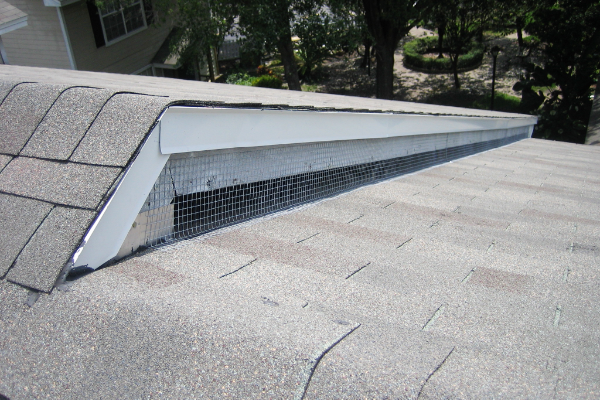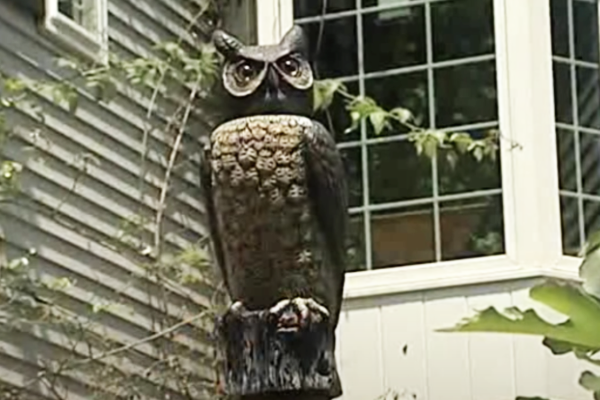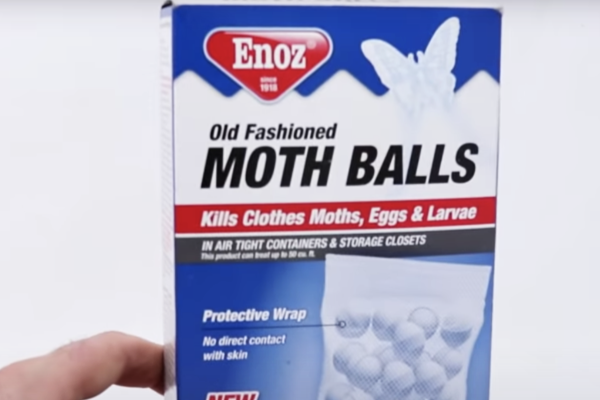Bat Prevention
Bats are not a commonly looked for pest until a house has been infested by them. A colony of bats roosting in your attic is not desirable. Your best option is to quickly remove them and proof your home to prevent further entry.
You want to keep bats out of your house because they are a major health risk. Bats carry many deadly diseases. Spores from their droppings can infect you, your family, and guests in your home. Here are a few things you can do around your home to prevent bats.
Seal Entry Points
Small animals like bats enter homes through small cracks from a house's exterior. You need to seal all of the entry points to your home. You should inspect panels, windows, and the roof. Be sure to check the tiles in the roof. The slightest crack in a panel or tile allows a little bat to sneak into a house.
To discover their points of entry, observe your house during dusk. You can watch where they exit the home during this time. Then, place a bird netting over this area. This netting prevents them from returning and you can completely seal it after all of the bats have left.
Furthermore, areas on a house infested with bats have brown discoloration on the edges. You should inspect any areas in your home that fits this description. These areas could be entry points for the bats.
Screen

Furthermore, home builders do not consider problems such as bats and rats entering a home. They may overlook screening areas such as chimneys and vents. You cannot seal certain entry points such as vents and openings to your chimney. The only solution is to screen these areas. The screens allow the circulation of air and also prevent bats from entering your home.
Yellow Light Bulbs
Bats naturally go to places with their source of food, and their source of food such as bugs is attracted to light. Your outdoor lightbulbs will attract bugs. Thus, they will attract bats to your home. The best solution is to switch your lightbulbs with yellow bulbs.
Owl Decoy

Owls are a natural predator to bats. Mount an owl decoy in a tree near your home. This fake owl will intimidate the bats, and they will be less likely to stay on your property. Move the owl throughout the year to appear natural so that the bats will continue to fear it.
Vapor Rub
Most animals dislike the smell of eucalyptus or menthol. If you have bats in your attic, then place vapor rub there. The scent will cause the bats to quickly leave the attic.
Mothballs

In addition, mothballs produce a toxic and irritating chemical. The smell from the mothballs will not attract bats. Bats will avoid it and quickly leave your attic. They dislike mothballs and moth chips because the chemicals present in them are poisonous.
Bat Box
Bats will seek a new home after being removed and blocked from your house. They will make a new habitat in a nearby house, building, or tree. You can create a bat box for an alternative home for bats. They will have a new home in the wild and will no longer be an uninvited guest in your home.
When to Proof
The perfect time to proof is during the fall and winter. Bats are hibernating during this time of the year. You can safely seal your home without worrying about encountering any bats. You may safely inspect those areas.
Do not proof your home during the spring and summer. Babies are born around June and July. Baby bats cannot fly to leave any entry points with netting. They will stay in your home and may sneak into other parts of your house.
Call Wildlife Control
Finally, hire a professional if you are uncomfortable sealing parts of your home. You may have a fear of heights for being on your roof, or lack the skills to seal entry points on your house. A professional can remove bats and ensure they will never return. The professional will also know how to properly seal entry points.
Follow these tips to protect your family and home from bats. Bat prevention can make your life a lot easier. Nobody wants to catch any of their deadly viruses. These wild animals belong in the wild. Start proofing your home today and there will not be any uninvited visitors in the spring.
